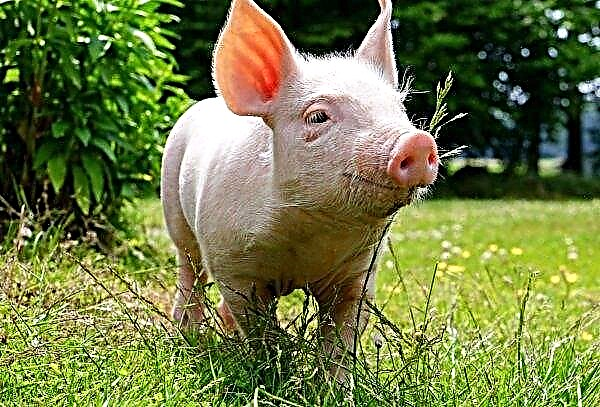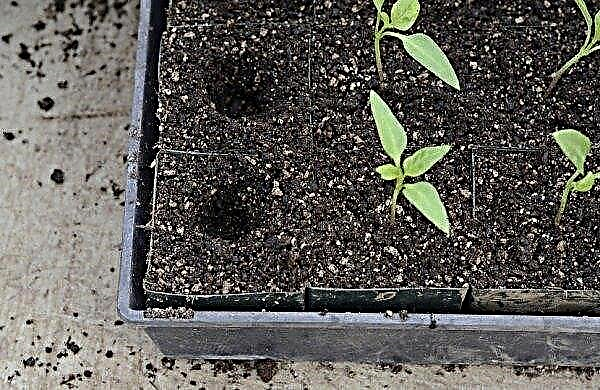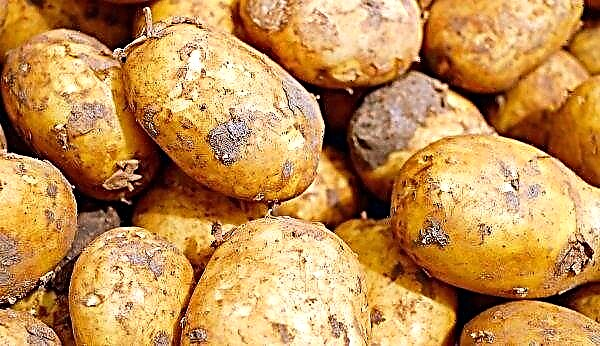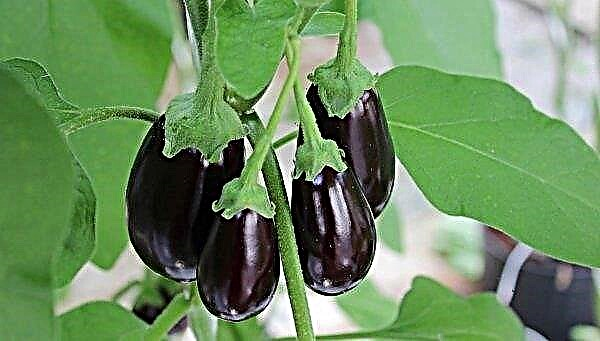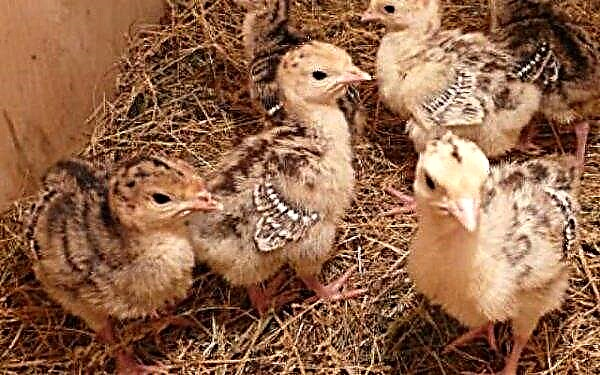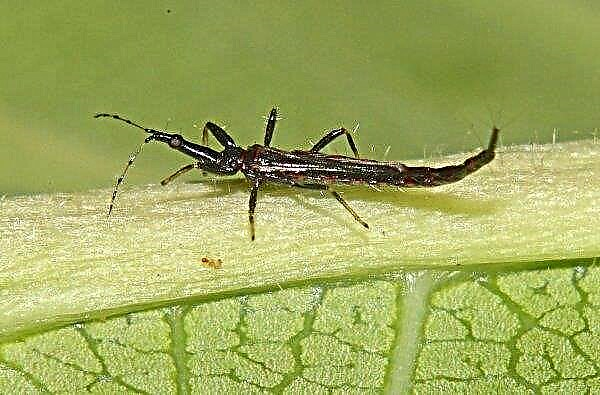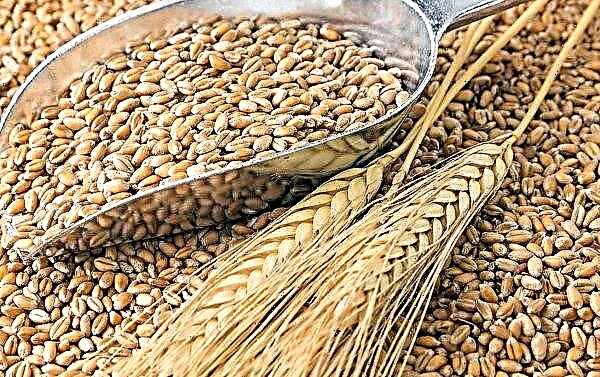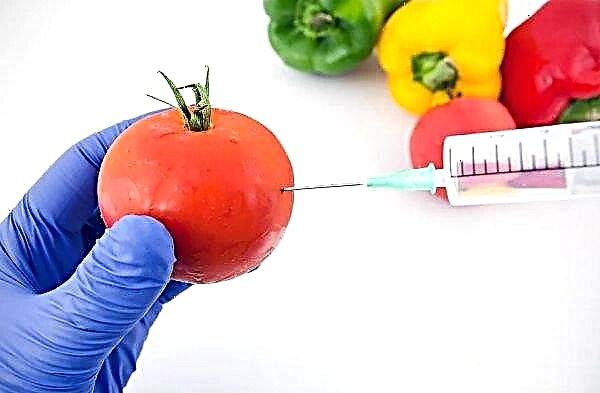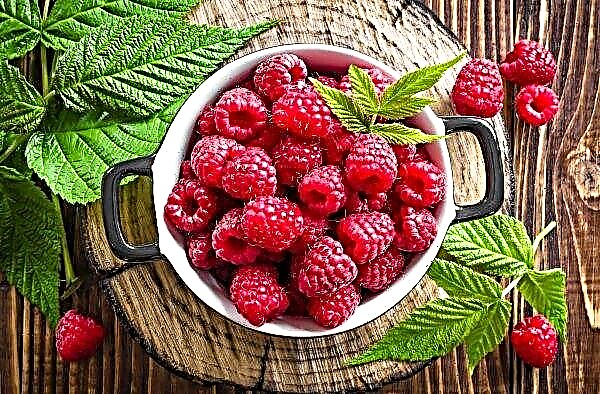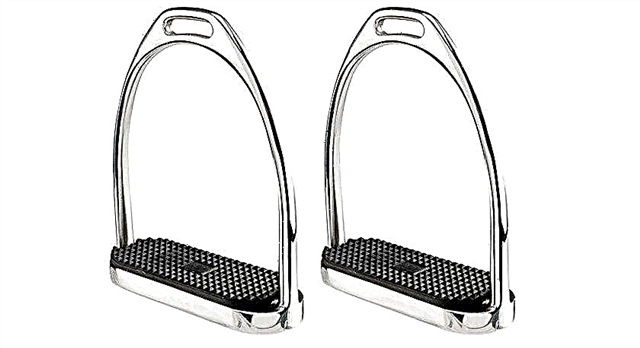Although beets are one of the most common root crops in our latitudes, many summer residents are faced with the fact that it is not always possible to grow this vegetable in open ground on their own plot. This review talks about the secrets you need to know to get a decent beetroot bed - from choosing seeds and planting them to harvesting.
How to plant beets in open ground
Unlike tomatoes, peppers and many other vegetables, beets are sown directly on the bed. The seedling method of cultivation also has a right to exist, but this process is too time-consuming and in the conditions of a small household does not justify the effort. If you strictly observe the planting dates and other agricultural regulations, a good harvest can be achieved without additional transplants.
The timing
There is no consensus on when to plant beet seeds in open ground - in the spring, or in the fall. The choice between winter and spring plantings depends on climatic conditions, as well as on how far the summer resident plans to get an early harvest. In addition, some varieties are more suitable for spring planting, while others can winter in the ground and give friendly and strong seedlings with warming.
Important! Beets - a two-year plant. A root crop is formed from the seeds planted in the ground during the first year, while flowering and new seeds according to the standard scheme should be formed only in the second year. Flowering in the first year of life, often accompanying a cold spring, leads to the formation of unsweetened root crops with very low quality. Such a phenomenon in agricultural technology was called "flowering".
In the spring
One of the main mistakes made during the spring planting of beets is to put the seeds too early in the soil. Unlike potatoes or carrots, this root crop in the early stages of development very painfully tolerates lower temperatures in the air and soil. An unexpected cold snap to + 4 ... + 5 ° C can disrupt the life cycle of the plant, which negatively affects the quality of the crop.
In order for the plant to develop correctly, it is necessary to plant it in open ground only when the heat has finally settled, frosts will not be expected, and the temperature on the soil surface will be set in the range of at least + 8 ... + 10 ° С. Under these conditions, the seeds can already germinate, although for full development they need the air to warm up to at least + 16 ° C. If in the southern regions of Russia and Ukraine suitable conditions for sowing can be created in late April, then in the middle lane and more northern regions with planting it is better to wait until mid-May and even its last decade.
If in the southern regions of Russia and Ukraine suitable conditions for sowing can be created in late April, then in the middle lane and more northern regions with planting it is better to wait until mid-May and even its last decade.
Fall
Sowing beets in the winter is a relatively new, but already popular technique. This method has a number of advantages. So, with the winter method of growing a vegetable, its seeds do not need to be pickled, soaked in growth stimulants, hardened, and other preparatory measures taken with them. All that a seed needs to get for full growth, it will take by itself, staying for the winter in a prepared garden and “waking up” exactly at the moment when the time comes for this. In this case, by the way, the spring cooling of the seedlings will not be dangerous, since they will get excellent natural hardening.
Important! If for spring planting the choice of beet variety is not of fundamental importance, then winter sowing is possible only for those varieties of root crops that are highly resistant to cold. Such, for example, include “cold-resistant-19”, “Bordeaux 237”, “winter A-474”, as well as the hybrid “Pablo F1”.
The cold climate and short summers are a separate reason to lay seeds in the ground before winter, otherwise in the spring they are at risk of frost damage during early planting, or simply do not have time to complete their annual cycle before the onset of autumn cold weather. Another plus of winter planting is that it allows you to free up time for other spring work, which with the onset of warm days is always a lot.
Choosing the right time for sowing, one should be guided by the same considerations as when planting in the spring, but the goal in this case is the opposite: the moment must be determined so that the seeds do not start to emerge before winter, that is, the temperature on the soil surface should be obviously below + 5 ° С. It is better that the air cools to zero, and the temperature of the soil is not higher than + 2 ... + 4 ° C. Depending on the region, this period may begin from the end of October until the last days of autumn. Another important condition for preventing premature seed germination is their laying in dry soil (the seeds themselves must also be absolutely dry). So that the seeds do not freeze, after planting, the earth should be well tamped and mulched (cover with warm material, for example, a layer of peat, needles or mowed grass with a thickness of at least 4 cm).
It is better that the air cools to zero, and the temperature of the soil is not higher than + 2 ... + 4 ° C. Depending on the region, this period may begin from the end of October until the last days of autumn. Another important condition for preventing premature seed germination is their laying in dry soil (the seeds themselves must also be absolutely dry). So that the seeds do not freeze, after planting, the earth should be well tamped and mulched (cover with warm material, for example, a layer of peat, needles or mowed grass with a thickness of at least 4 cm).
Site selection
All depending on when the sowing is carried out, an important condition for obtaining a good beet harvest is a good site selection.
Did you know? The saturated burgundy color of the root crop can be ensured only when a large amount of sunlight is exposed to the plant.
Bed placement
Perhaps the most important condition is good illumination. With a lack of light, especially at the stage of formation of the green mass of young sprouts, the appearance, taste and size of the future crop deteriorate sharply. As for soil requirements, beets gratefully respond to fertile soil with good water and air permeability. Both alkaline and acidic soil are equally poorly suited for the crop - the plant is sick on the latter, and the root crop grows small and has blackened flesh. Therefore, it is desirable to select a soil with a slightly alkaline or neutral reaction (pH level in the range of 6.2–7).
For example, fit here:
- chernozem;
- dark gray or gray loam;
- forest or peaty soil.
 Another important point is soil moisture. Beetroot is able to tolerate prolonged droughts, but does not like stagnant water in the root system. In this case, the undersized plant is not very afraid of the wind and even slight temperature differences; for this reason, the crop is best planted in an open and slightly raised area, you can also use this vegetable as a kind of fence, placing it on the edges of garlic, onion or carrot beds.
Another important point is soil moisture. Beetroot is able to tolerate prolonged droughts, but does not like stagnant water in the root system. In this case, the undersized plant is not very afraid of the wind and even slight temperature differences; for this reason, the crop is best planted in an open and slightly raised area, you can also use this vegetable as a kind of fence, placing it on the edges of garlic, onion or carrot beds.The plant is adjacent to all kinds of cabbage (broccoli, kohlrabi, cauliflower, white and red cabbage), celery, asparagus, radishes, legumes, as well as various salads, parsley, dill, marjoram and other herbs. When planted together with beets, such plants allow the most efficient use of free space in the garden, placing the crops fairly tightly to each other.
Important! Planting beets next to spinach significantly improves the yield of both crops; in particular, spinach roots secrete a special glycoside saponin, which improves the permeability of the cells of the "neighbor" and thus accelerates its growth.
Crop rotation
This root crop is much more sensitive to crop rotation than most other crops. Some gardeners even call beets “self-poisoning”, so destructively it reacts to substances released into the soil by its own root system. For this reason, ideally, the root crop should not be planted on the same place twice in a row - however, when grown together with suitable neighbors, this period can be extended to three years. When planning the placement of beds, it is important not only to move plants from place to place, but also to take into account the favorable and unfavorable predecessors, which each “inhabitant” of the garden has their own.
The table shows the basic rules for choosing previous crops for planting beets:
| Good predecessors | Bad predecessors |
| Potatoes | Beet |
| Pepper | Carrot |
| Eggplant | Rape |
| Cucumbers | Corn |
| Zucchini | Tomatoes |
| Squash | All kinds of cabbage |
| Watermelon | Turnip |
| Melon | Celery |
| Pumpkin | Rhubarb |
| Bow | |
| Garlic | |
| Peas, beans, other legumes | |
| Wheat, rye (winter) | |
| Barley (spring) | |
| Alfalfa (not earlier than in a year) |
Speaking about the choice of predecessors, we should mention another feature of beets. This plant reacts very painfully to the proximity of weeds, which is why it is impossible to plant fresh compost and manure into the ground where the root crop will be planted, even in the fall. However, enriching the soil with organic matter is vital for the plant, so such fertilizers are usually applied before planting predecessors, which do not react so painfully to germinating weed seeds.
Seed preparation
As already mentioned, preparatory measures with seed material are carried out only if sowing is carried out in the spring, that is, when it is necessary to accelerate the process of germination.
To do this:
- selection;
- dressing;
- soaking (stimulation);
- hardening;
- aeration (sparging).
Important! It has been experimentally proved that seeds that have undergone the procedure of forced oxygen saturation give seedlings on average 10 days earlier than the same beet variety, planted without prior bubbling.
Selected seeds must be soaked well before planting. This is done in order to soften the too dense shell that covers them, and accelerate the emergence of seedlings. You can use ordinary water to soak, but special stimulants are much better for this purpose. They will not only increase the immunity of the plant and improve its germination, but, in addition, they will kill that pathogenic microflora that can persist on the surface of the seeds and attack the plant after germination.
Such preparations are well suited for soaking beets:
- "Zircon";
- Inta-Vira;
- Energen.
 For normal disinfection, you can use a saturated solution of potassium permanganate, hydrogen peroxide or aloe juice. In this case, the use of superphosphate (1 teaspoon per liter of water) or succinic acid is allowed as stimulants. Still in this quality, boron, copper and molybdenum are often used, since a lack of these minerals in the soil can greatly inhibit the development of culture.
For normal disinfection, you can use a saturated solution of potassium permanganate, hydrogen peroxide or aloe juice. In this case, the use of superphosphate (1 teaspoon per liter of water) or succinic acid is allowed as stimulants. Still in this quality, boron, copper and molybdenum are often used, since a lack of these minerals in the soil can greatly inhibit the development of culture.The soaking process must begin two weeks before disembarkation. The seeds filled with warm liquid are first aged for three days in a dark room, and then, when they are sufficiently swollen, they are laid out in a single layer on a paper towel or a clean piece of cloth and kept for 10 days in the dark and cold. This process will season the seeds well before planting.
Finally, the final step, which is usually ignored by novice summer residents, is bubbling. To force the seeds to be saturated with oxygen, they are again placed in a container with water, then an air supply device, for example, a conventional compressor for an aquarium, is also installed there. It is advisable that such a procedure lasts at least 18 hours.
Did you know? Beet seeds are the so-called fertility, each of which can contain up to ten embryos.
Soil preparation
Work on preparing the beds for planting beets begins in the fall. The most important thing is to completely clear the earth of all organic residues, including cultivated plants and weeds. To extract the roots, you need to dig the soil very carefully. As for the regulation of the composition of the land and its top dressing, these measures, at one’s discretion, can be carried out both in autumn and early spring.
The list of additives for the soil depends on its initial composition and level of acidity, but usually on 1 m² of the future beet beds make:
- ammonium nitrate - 15–20 g;
- ammonium sulfate - 20-30 g;
- potassium chloride - 10-15 g (chlorine-containing mineral fertilizers should be applied in the fall, with spring laying it is better to use wood ash);
- superphosphate - 30–40 g;
- humus - 2-3 kg;
- lime (to reduce the acidity of the soil, if necessary) - 0.5–1 kg.
 A large amount of organic matter can damage the future crop, because in too fertile soil the beets begin to form a green mass intensely, to the detriment of the development of the root crop. If the seeds were planted before winter, the spring preparation of the bed is reduced to removing the shelter, carefully loosening the soil and introducing nitrogen fertilizer into it. Then, until the first seedlings appear, the sowing place is covered with a film to create a greenhouse effect.
A large amount of organic matter can damage the future crop, because in too fertile soil the beets begin to form a green mass intensely, to the detriment of the development of the root crop. If the seeds were planted before winter, the spring preparation of the bed is reduced to removing the shelter, carefully loosening the soil and introducing nitrogen fertilizer into it. Then, until the first seedlings appear, the sowing place is covered with a film to create a greenhouse effect.Sowing seeds
Sowing seeds begins with the marking. The classic plan for planting beets involves placing plants in rows at a distance of 6 cm from each other, with a row spacing of 20 cm. However, lovers of large root crops should better increase these parameters to 10 and 30 cm, respectively.
When the aisles are marked (on a long bed this is best done with pegs and strands tied between them), grooves are laid in the right places. The depth of the groove should not exceed 4 cm, a depth of 1-2 cm is allowed. Dug holes are filled with water, after which you need to wait until it is completely absorbed into the soil. Now you can start bookmarking.
Did you know? The root system of beets goes into the depths of the earth at a distance of up to three meters, so during the first months of the growing season the plant can use the moisture accumulated in the soil during the winter. For the same reason, groundwater flowing at a depth of less than 1.5 m from the surface adversely affects the development of the plant.
All seed germs, of course, are unlikely to sprout, however, it is quite realistic to get four sprouts from each seed. Therefore, the seeds should immediately be planted according to the plan, without thickening the planting out of fear that “something will not come up”. Moreover, many gardeners recommend leaving a double distance between the seeds so that later, during thinning of the seedlings, the removed seedlings can be carefully transplanted to an empty spot.
From above, seeds are carefully sprinkled with loose earth and are no longer watered. Do not rush to remove the pegs that were used to mark the rows - they will help determine the location of the future beds, until there are confident shoots.
Further care
If the preparatory work was carried out correctly, further care of the seedlings is not particularly difficult. There are only a few important points that you need to pay attention to.
Watering
Too often watering the beds with beets is not necessary - this is even harmful to the crop, since the abundance of moisture, although it contributes to the formation of large root crops, at the same time significantly reduces the sugar content in them. Although the beet does not like waterlogging, the culture reacts with great gratitude to the evening shower, refreshing leaf sockets, therefore, this crop, unlike, for example, tomatoes or eggplant, should be watered not under the root, but along the leaves.
Did you know? Each kilogram of high-quality root crops is accompanied by the extraction of at least 0.35 g of phosphorus, 0.7 g of nitrogen and 0.1 g of potassium from the soil.
The maximum yield of root crops is usually removed with this combination of moisture and heat:
- May - warm and humid;
- June - not hot and humid;
- July - not hot and humid;
- August is hot, but without aridity;
- September - warm and dry;
- October is warm and dry.

Thinning planting
Thinning of beet seedlings, as well as other root crops, must be carried out, otherwise the plants that emerged from one seed will overwhelm each other. The procedure is carried out approximately 7 days after the emergence of seedlings, and should not be delayed with this. The weakest plant should be removed, trying to act as carefully as possible so as not to damage the root remaining in the ground. If the "operation" was successful, and the sprout was able to be removed along with the root, such a seedling can be planted in a free place, and it will most likely take root.
Important! Coniferous branches for mulching beds with beets are not recommended, since such material greatly increases the acidity of the soil.
Fertilizer application
Beetroot refers to crops that need regular feeding. The procedures begin to be carried out already 2-3 weeks after the appearance of the first seedlings and then are repeated with a frequency of up to two times a month (however, each gardener determines the schedule independently, focusing on the initial soil composition and appearance of the plants).
If the main part of nitrogen fertilizers is best laid in the soil before sowing, then the phosphorus and potassium necessary for the plant are applied throughout the season. As for organics, it is also usually introduced before planting, sometimes even long.
Tillage
Weeds are a serious problem for beets. In the vicinity of weed, this crop is very elongated, the root crop forms a small, sick and lags in development. Therefore, regular weeding is a prerequisite for a good harvest.
So that the soil on the bed does not crack and better retain moisture, after the rain and each irrigation, when the water is completely absorbed into the ground, the bed needs to be loosened. Since the root system of beets goes deep, and is not located close to the surface, you can carefully loosen the ground, digging a few centimeters.
You can rid yourself of the need for loosening using mulching. The same procedure partly helps to get rid of weeds. Initially, as a mulch, it is best to use young mowed grass, and it should be laid with a thin layer (no more than 1-2 cm). After the plants are strong, the mulch layer is usually enlarged. At this stage, you can use more coarse material - such as straw, for example, or even weeds removed from the garden. So, growing beets in open ground requires serious theoretical training. It is ignorance of the basic requirements of this culture to environmental conditions that does not allow summer residents to get a good harvest. However, if these simple rules are followed, the result will not be long in coming.
So, growing beets in open ground requires serious theoretical training. It is ignorance of the basic requirements of this culture to environmental conditions that does not allow summer residents to get a good harvest. However, if these simple rules are followed, the result will not be long in coming.

